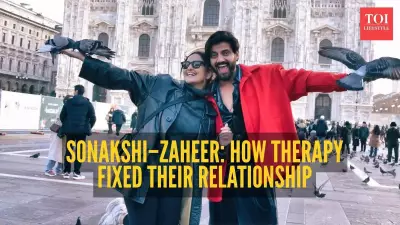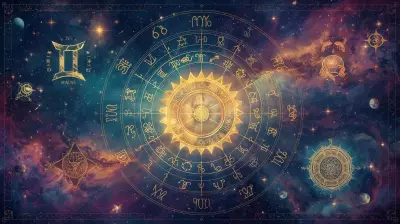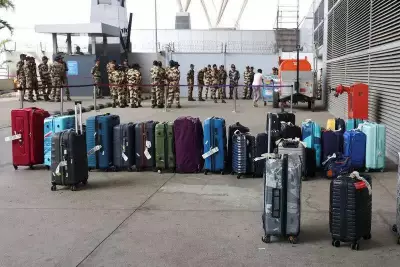
The Festival of Lights, typically a time of radiant joy and exuberant celebrations, cast a somewhat dimmer glow over Guwahati this year. The city's Diwali spirit was noticeably muted, with residents and shopkeepers alike pointing to a significant void that traditional fireworks and lamps couldn't fill.
A City Feeling the Absence
Throughout Guwahati's bustling markets and residential neighborhoods, a common sentiment echoed: something essential was missing. The absence of a prominent city icon, a central figure or landmark traditionally associated with the festivities, created a palpable emptiness that affected the overall mood.
"It just doesn't feel like the Diwali we know," shared a long-time resident of the city. "There's a certain energy, a collective happiness that usually fills the air. This year, that seems to be absent."
Economic and Emotional Impact
The dampened spirit had tangible effects on the city's commerce:
- Shopkeepers reported slower sales of traditional sweets, decorations, and gifts.
- Markets, which are usually overflowing with shoppers in the days leading up to Diwali, saw noticeably thinner crowds.
- The general atmosphere lacked the infectious excitement that typically characterizes the festival season.
"We prepared for a big rush, but the customer turnout is much lower than previous years," noted a local sweet shop owner. "People are celebrating, but the enthusiasm is definitely tempered."
The Heart of the Celebration
This year's experience in Guwahati highlights how cultural icons and traditions form the emotional core of major festivals. It's not merely about the external celebrations—the lights, the food, the fireworks—but about the shared symbols that unite a community in celebration.
The subdued Diwali in Assam's largest city serves as a powerful reminder of how deeply connected our festive joys are to the people, places, and traditions that give them meaning.





